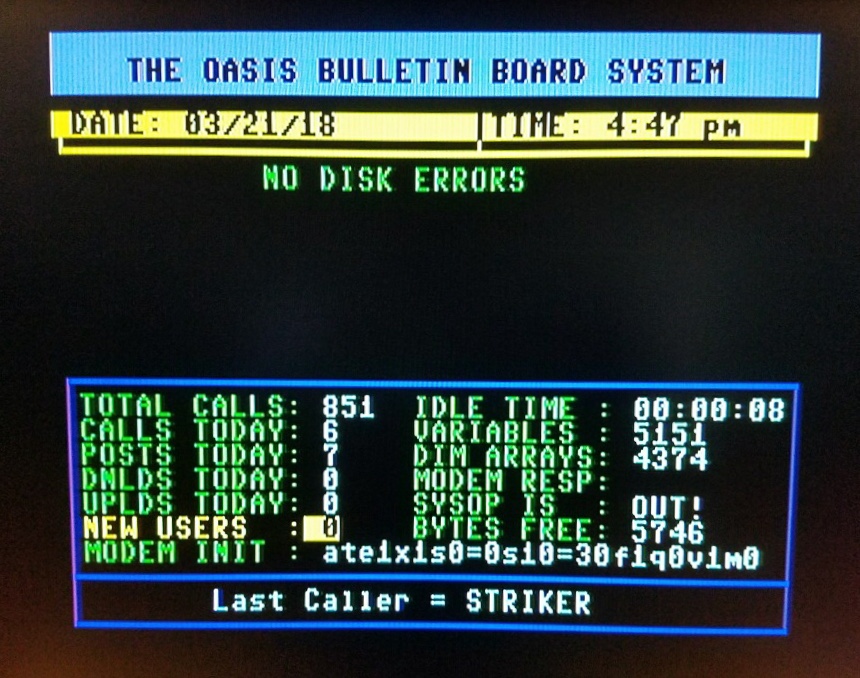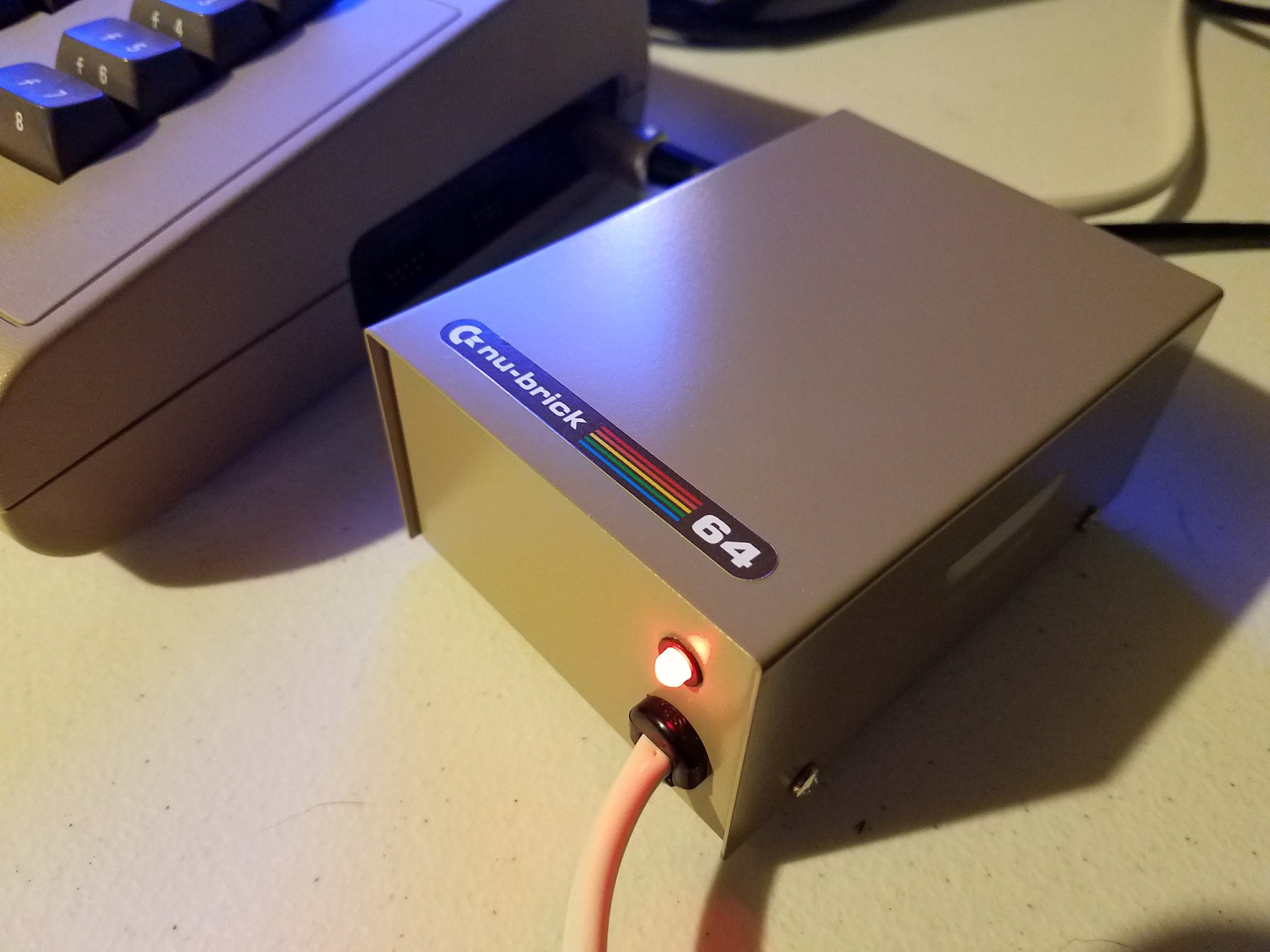In this detailed walkthrough, projectCD.Chronicles explores the double raster wobble effect on the Commodore 64. Rather than focusing on showy demos, the video highlights how simple register manipulation can create compelling screen effects. Using the D012 register and IRQ interrupts, the host explains how to control raster behavior with precision.
Key Techniques and Tools
The core of the double raster wobble lies in manipulating raster lines. The video demonstrates how to:
-
Use the D012 register to trigger visual effects
-
Disable CIA interrupts for timing control
-
Create wobble effects using horizontal scrolling
-
Apply character redefinition for custom visuals
Each step is shown clearly, using practical code and live examples.
Real Examples from C64 Development
To ground the technique in real use, the video references developers like Felice Nardella and Marco Bergami. Their previous work with tremor-style screen shaking is shown as an early form of the wobble effect. This gives context to how these tricks evolved into more polished routines.
Why It’s Useful for Coders
Whether you’re working on a demo or just experimenting, this effect has practical value. You’ll learn how to:
-
Trigger effects at specific screen positions
-
Chain custom routines during screen redraw
-
Stabilize or distort images with timing control
The video also shows how these effects remain stable across hardware platforms, making them ideal for reuse in modern C64-compatible projects.
Final Thoughts
This tutorial is clear, direct, and full of practical knowledge. Double raster wobble is more than just a visual gag—it’s a gateway to deeper raster control. If you’re interested in C64 hardware tricks, this video delivers both education and inspiration in under 10 minutes.







